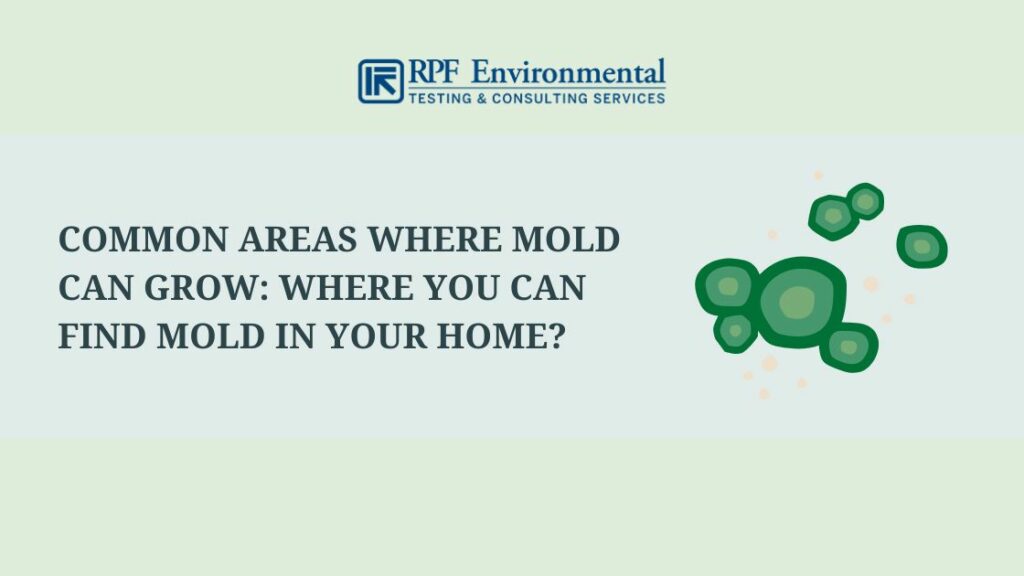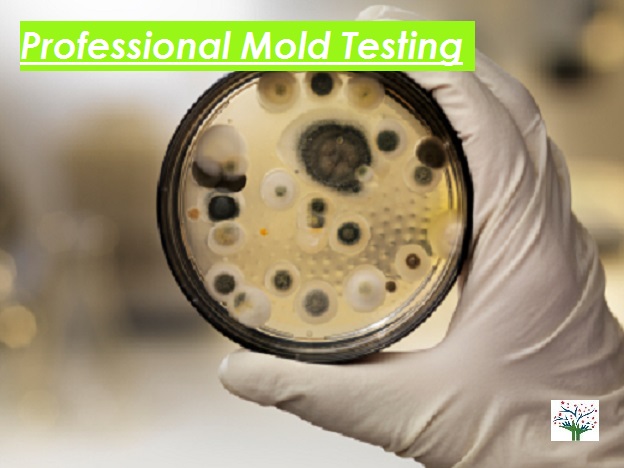Maximize Your Conformity with Trusted Mycotoxin testing Services Solutions
Maximize Your Conformity with Trusted Mycotoxin testing Services Solutions
Blog Article
How Mycotoxin Testing Assists Prevent Contamination and Protect Food Materials

Mycotoxin testing is an essential method in the food sector, serving as a frontline protection against contamination by damaging contaminants produced by molds. With the application of innovative techniques like High-Performance Liquid Chromatography (HPLC) and Fluid Chromatography-Mass Spectrometry (LC-MS), food producers can accurately find and evaluate mycotoxin degrees in farming items.
Understanding Mycotoxins
Comprehending mycotoxins starts with acknowledging that they are hazardous second metabolites generated by specific mold and mildews, which can pollute farming items. These metabolites are not essential for the growth or recreation of the fungis yet can have extreme ramifications for animal and human health and wellness. Mycotoxins are typically discovered in staple crops such as corn, wheat, barley, and nuts, where they can proliferate under specific conditions of dampness and temperature level.
There are a number of kinds of mycotoxins, each generated by different fungal species. Fusarium types produce fumonisins and trichothecenes, both of which are associated with various severe and persistent health concerns.

Threats of Mycotoxin Contamination
The dangers of mycotoxin contamination are complex, presenting significant hazards to both food security and public health. Mycotoxins, toxic substances produced by certain kinds of fungi, can infect a large range of farming products consisting of grains, nuts, flavors, dried out fruits, and coffee.
Economic influences are an additional major problem. Contaminated plants can result in considerable economic losses for farmers and food producers because of reduced returns and the requirement for pricey decontamination procedures. Worldwide profession can be significantly hindered as countries implement rigorous mycotoxin regulations to safeguard their populations, leading to turned down deliveries and stretched trade relations.
Environmental aspects such as environment change worsen the threat of mycotoxin contamination. Variants in temperature level and moisture can develop beneficial conditions for fungal growth, raising the chance of contamination events. Therefore, understanding and minimizing these threats are crucial for guaranteeing the security and stability of worldwide food materials.
Techniques of Mycotoxin Checking
Properly identifying mycotoxin contamination in agricultural items is necessary for protecting public health and preserving food safety criteria. Numerous techniques are used to discover and measure mycotoxins, each offering particular advantages and limitations.
High-Performance Fluid Chromatography (HPLC) is an extensively made use of technique because of its high sensitivity and accuracy. It entails separating mycotoxins from other materials in an example, allowing accurate quantification. In A Similar Way, Fluid Chromatography-Mass Spectrometry (LC-MS) combines fluid chromatography with mass spectrometry to give in-depth molecular information, making it particularly useful for recognizing several mycotoxins concurrently - Mycotoxin testing Services.

Gas Chromatography-Mass Spectrometry (GC-MS) and Thin-Layer Chromatography (TENDER LOVING CARE) are additionally used, each with distinct applications. GC-MS works for unstable mycotoxins, while tender loving care provides an easier, affordable alternative for preliminary testing.
Advantages of Normal Checking
Routine screening for mycotoxins in farming items supplies many advantages, substantially adding to public health and wellness and food safety. By identifying contamination early, normal screening assists avoid the distribution of toxic foods, therefore lowering the threat of mycotoxin-related health problems among consumers. This aggressive technique not only safeguards human health yet likewise boosts the general quality of food products.
Various countries over here and areas have actually established rigid limits for mycotoxin levels in food and feed. Sticking to these restrictions through routine screening ensures that suppliers and producers fulfill lawful standards, thus staying clear of penalties and trade barriers.
Furthermore, normal mycotoxin screening can result in significant economic benefits. Early discovery of contamination enables prompt treatment, reducing prospective losses from extensive contamination. Carrying out normal screening protocols can additionally minimize recall costs and associated obligations, which can be monetarily ruining.
In addition, regular testing provides important data that can notify much better farming practices and storage space problems. By recognizing patterns of contamination, producers can embrace precautionary steps, thus minimizing future dangers and contributing to the sustainability of the food supply chain.
Carrying Out Examining Procedures
Applying effective mycotoxin screening site here protocols is critical for ensuring the safety and quality of farming products. Establishing a robust screening framework involves several key actions, starting with the identification of potential contamination factors within the manufacturing and supply chain. This includes pre-harvest, post-harvest, storage, and circulation phases. Each phase has to be inspected to pinpoint where mycotoxin contamination is more than likely to take place.
When critical control factors are recognized, choosing appropriate screening methods is crucial. Typical strategies include enzyme-linked immunosorbent assay (ELISA), high-performance fluid chromatography (HPLC), and mass spectrometry (MS) Each technique has its weak points and toughness; therefore, picking the appropriate one relies on the particular mycotoxin being examined, the required level of sensitivity, and available sources.

Last but not least, incorporating the testing methods into a comprehensive food safety and security administration system is advisable. This boosts traceability and enables swift rehabilitative actions when contamination is detected, consequently protecting the honesty of the food supply chain.
Final Thought
Mycotoxin testing is necessary in preventing contamination and protecting food products by making it possible for early detection of dangerous contaminants produced by molds in farming items. Routine screening enhances brand track record, financial security, and depend on in food security by minimizing contamination-related losses and preserving high requirements in food manufacturing.
Mycotoxin screening is a crucial practice in the food industry, serving as a frontline defense against contamination by hazardous toxins produced by molds. An integrated approach entailing farming techniques, storage space administration, and routine testing can minimize the threats linked with mycotoxin contamination, making certain food safety and security and public wellness.
The dangers of mycotoxin contamination are diverse, positioning significant risks to both food safety and public health.Normal screening for mycotoxins in agricultural products offers numerous advantages, dramatically contributing to public health and food safety and security.Mycotoxin screening is necessary in avoiding contamination and Resources safeguarding food products by making it possible for early discovery of unsafe toxic substances created by molds in agricultural products.
Report this page